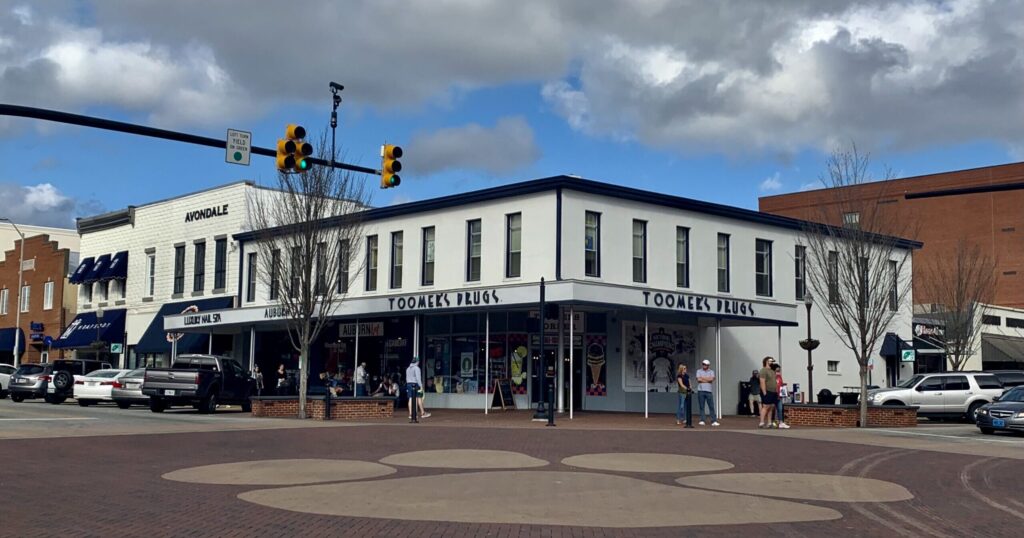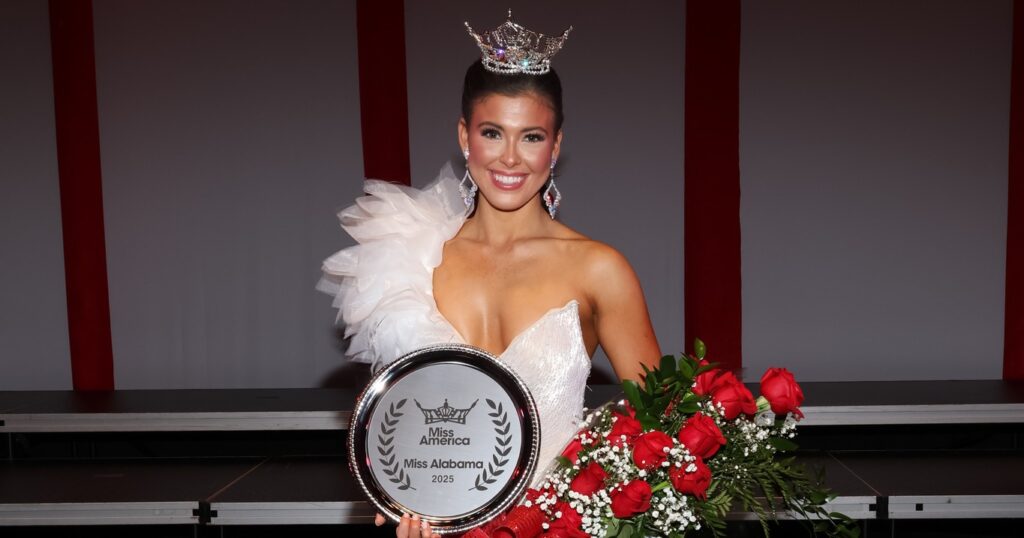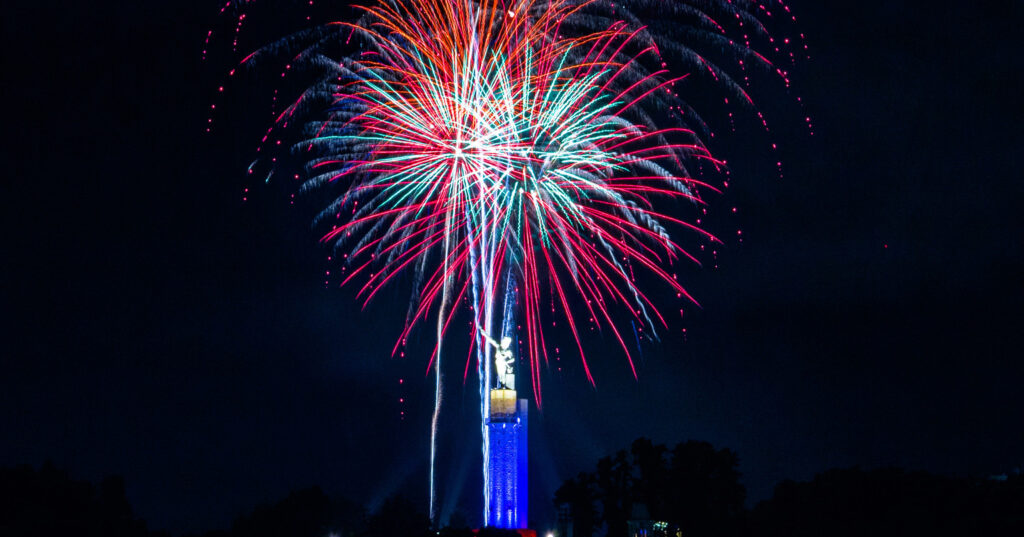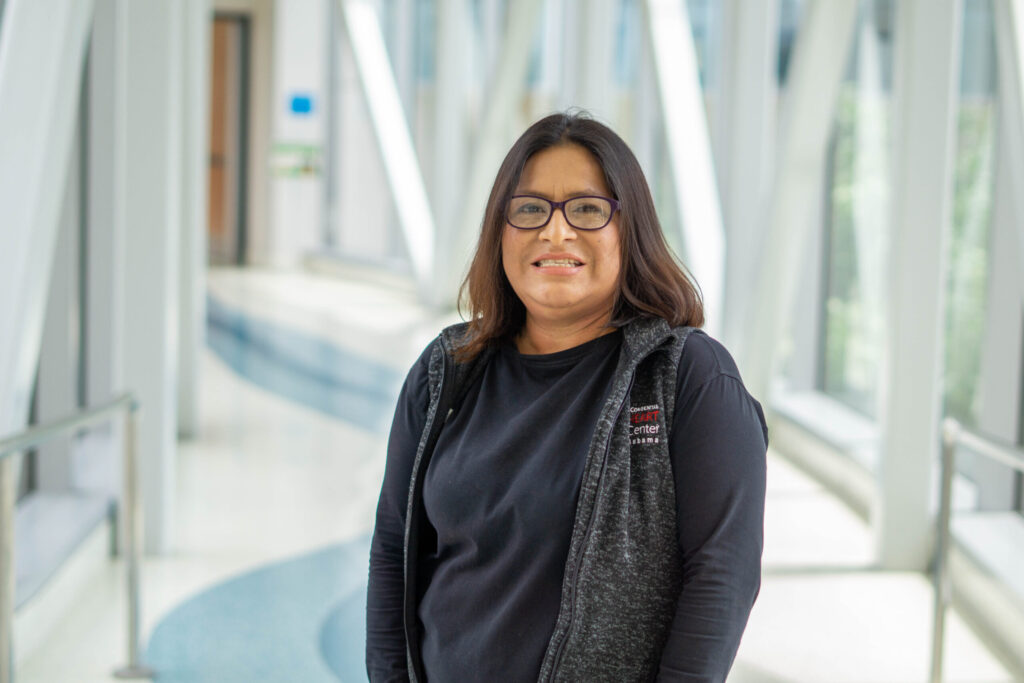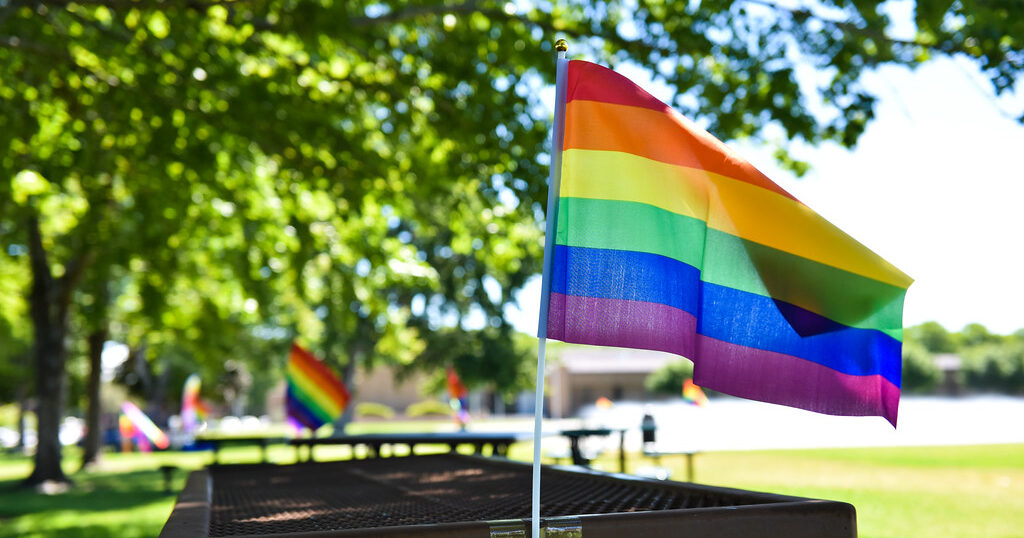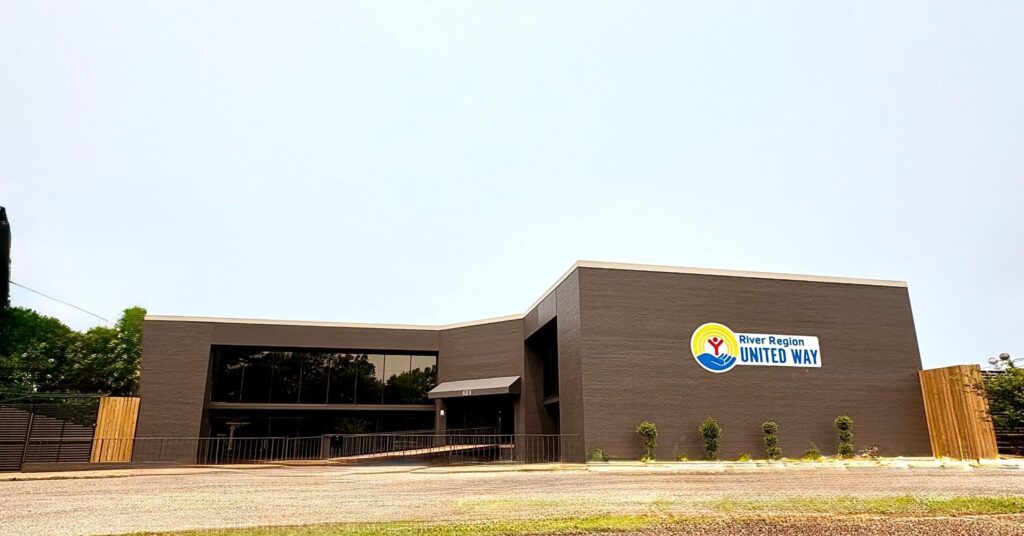A treasure hunt in the woods: what you need to know about foraging in Alabama
Reading time: 5 minutes

Thanks in part to TikTok star The Black Forager, hunting for edible plants and mushrooms has become wildly popular (pun intended). We chatted with Alabama’s foraging superstar Jesse Akozbek of The Feral Forager to learn more about the practice in Alabama and how you can get started today.
What is foraging?
If you’re getting technical, the definition of foraging is “To search for a particular food or foods, often in the wild,” according to the American Heritage Dictionary. If you want to go all the way back, foraging is exactly what early hunter gathers did to find edible food for their tribes.
Today, foraging is a great way to get outside, connect with the natural world around you and make some tasty meals with food you can find just a walk away from your front door.
“To me, foraging is a treasure hunt, and treasure hunts are a lot of fun. Sometimes, you can be out in the woods looking for hours and hours and hours. The rush and excitement you get from finding the exact thing you were looking for is unbeatable—maybe only by the reward of getting to cook and eat the plant that you’ve spent so much time and energy trying to find. Beyond that, foraging is one of the most meditative things I think that anyone can do.”
Jesse Akozbek, The Feral Forager
Who is the Feral Forager?
. Photos via The Feral Forager
Jesse Akozbek began foraging five years ago, after finding a large oak tree on a bike ride and bringing home acorns to make acorn flour. Ever since his first bite of that banana-acorn bread, he has been obsessed with foraging. Now, he teaches foraging classes to people across the state, and he helps educate through his website, the North Alabama Foragers Club and his newsletter.
“I find that by engaging in the practice of forging, it requires so much of yourself and a sensitivity to what’s around you. You’re engaging all your senses to analyze the environment that you’re moving through. When I’m foraging, I’m doing great, I don’t have a lot of things on my mind, and I’m pretty happy. Foraging puts me in a really amazing head space, one that I would argue is the natural human head space because it really brings us all the way back to the very basics of what it means to be human.”
Jesse Akozbek, The Feral Forager
Every plant and mushroom needs an ID
No, not like a driver’s license for your rosebush. A key part of foraging and being a safe (and alive) forager is knowing the plants, mushrooms and trees for which you’re looking. In our chat, Akozbek stressed that the number one rule of foraging is being able to make a 100% accurate identification of the plant or mushroom you’re trying to forage.
“It’s no secret that there are plants and mushrooms out there that are poisonous; some of them will make you sick, and some of them will kill you. It’s important to note that there are both lethal plants and mushrooms out there. They’re not as common as one might think, but nonetheless, it’s important to be aware of them.
I have never been poisoned in all my time foraging. I know very few people who have had a toxic incident. If they did, it because they were not following this rule: never use a plant or mushroom before you have a 100% positive identification of it. That means two things: number one, knowing the key characteristics of the plant that I’m looking for, and number two, knowing the key characteristics of any poisonous lookalikes of that plant or mushroom.”
Jesse Akozbek, The Feral Forager
How you can get started

The best way to start foraging is to get out into the woods and start looking. But before you do, there are several key things you should know:
- Understand the safety and ethical concerns, from plant population concerns to pesticide sprays.
- Make sure you are foraging in a place that allows foraging. Not every tract of land, from state parks to land trusts to your neighbor’s backyard is available for foraging.
- Never use a plant before you have a 100% positive ID. The best way to be a good forager is to be an alive forager.
If you’re ready to grab your basket, knife and hiking boots to start foraging, here are some great resources to help you along your way:
There are also tons of books, apps, websites and field guides that can help you better understand the goals and ethics of foraging, along with safety tips.
Follow us on Instagram, Facebook, Twitter and LinkedIn, and sign up for the Bama Buzz newsletter to get stories like this from around Alabama delivered right to your inbox.

 4288 views
4288 views






